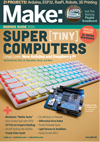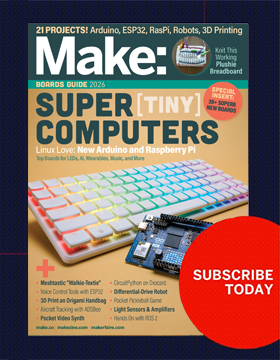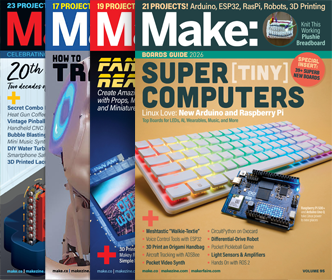Tangible drum machine
Here are instructions for building a drum machine with a tangible visual interface. A camera above the paper drum board reads the positions of physical objects and translates them into sounds, as indicated on the labels on the objects. It looks fairly easy to make, with most of the components from paper and card. The […]







